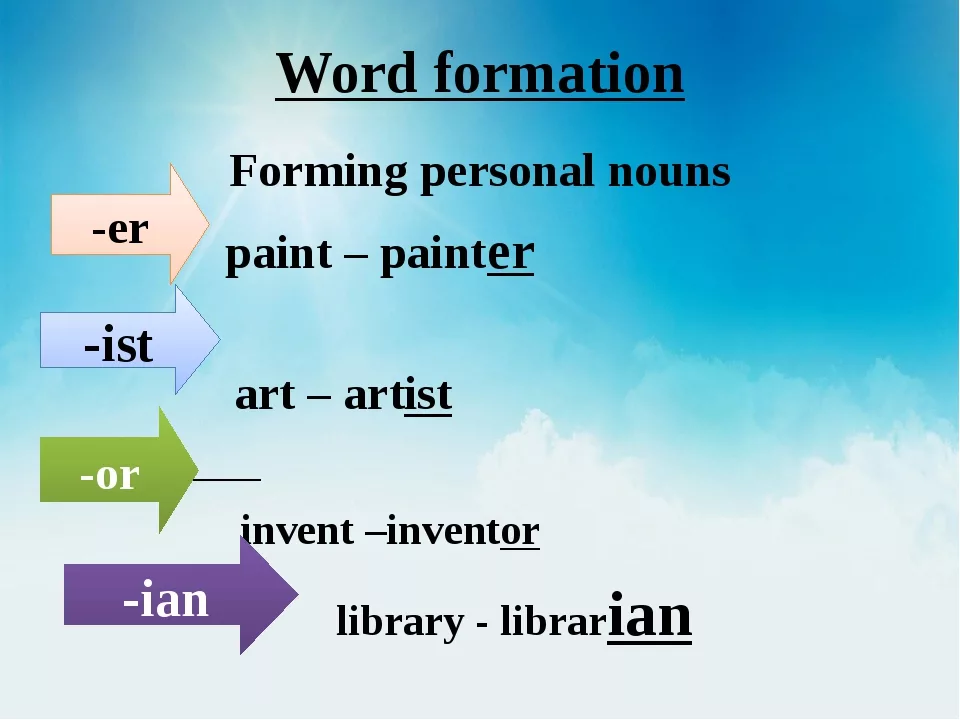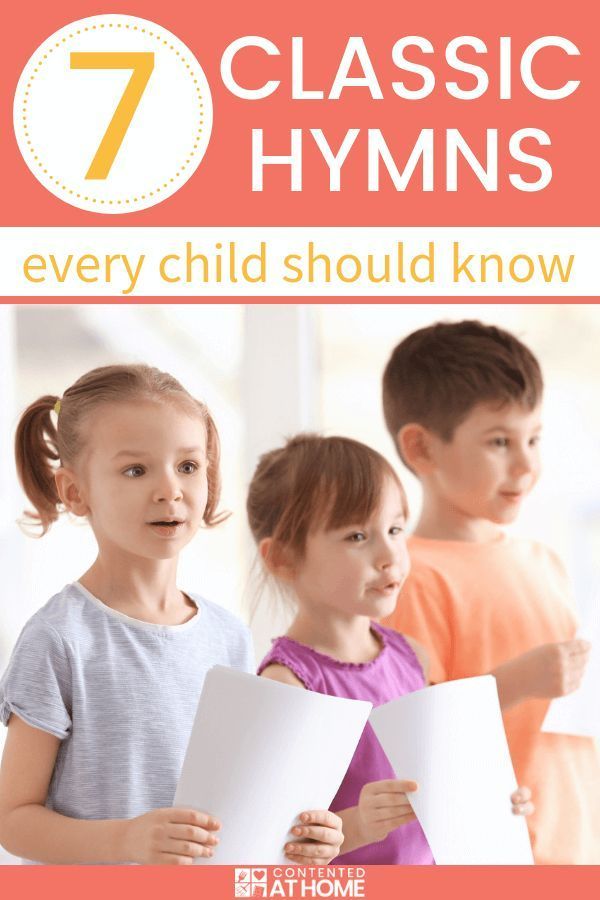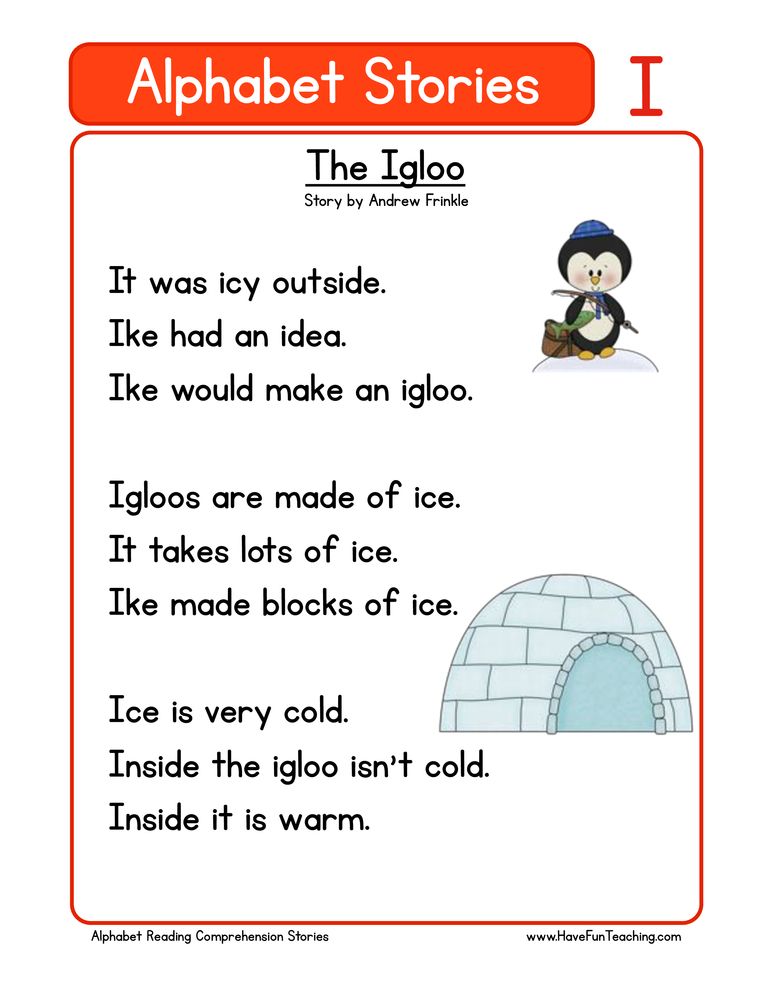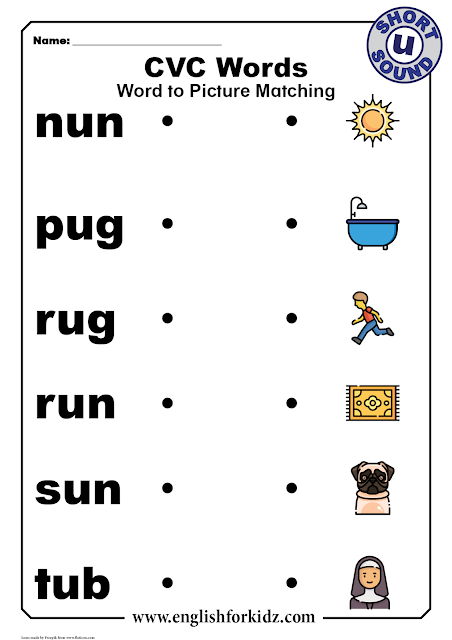Verbs for each letter of the alphabet
Action Verbs Categorized by Alphabetical Order
- Home
- Resume
- Resume Tips
- Action Verbs Categorized by Alphabetical Order
by Checkmate Resume
A
Accelerated
Accomplished
Achieved
Acted
Activated
Adapted
Addressed
Adjusted
Administered
Advanced
Advertised
Advised
Advocated
Aided
Allocated
Analyzed
Answered
Applied
Appraised
Approved
Arbitrated
Arranged
Ascertained
Assembled
Assessed
Assigned
Assisted
Attained
Augmented
Authorized
Awarded
B
Balanced
Began
Boosted
Briefed
Budgeted
Built
C
Calculated
Captured
Catalogued
Centralized
Chaired
Charted
Checked
Clarified
Classified
Coached
Collaborated
Collected
Combined
Communicated
Compared
Compiled
Completed
Composed
Computed
Conceived
Conceptualized
Condensed
Conducted
Conferred
Conserved
Consolidated
Constructed
Consulted
Contacted
Continued
Contributed
Controlled
Converted
Conveyed
Convinced
Coordinated
Corresponded
Counselled
Created
Critiqued
Cultivated
Customized
D
Debugged
Decided
Defined
Delegated
Delivered
Demonstrated
Designated
Designed
Detected
Determined
Developed
Devised
Diagnosed
Directed
Discovered
Dispensed
Displayed
Dissected
Distributed
Diverted
Documented
Drafted
E
Earned
Edited
Educated
Effected
Eliminated
Emphasized
Employed
Encouraged
Enforced
Engineered
Enhanced
Enlarged
Enlisted
Ensured
Entertained
Established
Estimated
Evaluated
Examined
Executed
Expanded
Expedited
Experimented
Explained
Explored
Expressed
Extended
Extracted
F
Fabricated
Facilitated
Fashioned
Finalized
Fixed
Focused
Forecasted
Formed
Formulated
Fostered
Found
Fulfilled
Furnished
G
Gained
Gathered
Generated
Governed
Grossed
Guided
H
Handled
Headed
Heightened
Helped
Hired
Honed
Hosted
Hypothesized
I
Identified
Illustrated
Imagined
Implemented
Improved
Improvised
Incorporated
Increased
Indexed
Influenced
Informed
Initiated
Innovated
Inspected
Inspired
Installed
Instituted
Integrated
Interacted
Interpreted
Interviewed
Introduced
Invented
Inventoried
Investigated
Involved
Issued
J
Joined
Judged
L
Launched
Learned
Lectured
Led
Lifted
Listened
Located
Logged
M
Maintained
Managed
Manipulated
Marketed
Maximized
Measured
Mediated
Merged
Mobilized
Modified
Monitored
Motivated
N
Navigated
Negotiated
Netted
O
Observed
Obtained
Opened
Operated
Ordered
Orchestrated
Organized
Originated
Outlined
Overcame
Overhauled
Oversaw
P
Participated
Performed
Persuaded
Photographed
Pinpointed
Piloted
Pioneered
Placed
Planned
Played
Predicted
Prepared
Prescribed
Presented
Presided
Prevented
Printed
Prioritized
Processed
Produced
Programmed
Projected
Promoted
Proofread
Proposed
Protected
Proved
Provided
Publicized
Purchased
Q
Qualified
Questioned
R
Raised
Ran
Rated
Reached
Realized
Reasoned
Received
Recommended
Reconciled
Recorded
Recruited
Reduced
Referred
Regulated
Rehabilitated
Related
Remodelled
Rendered
Reorganized
Repaired
Replaced
Reported
Represented
Researched
Reshaped
Resolved
Responded
Restored
Retrieved
Reviewed
Revised
Revitalized
Routed
S
Saved
Scheduled
Screened
Searched
Secured
Selected
Separated
Served
Shaped
Shared
Simplified
Simulated
Sketched
Sold
Solved
Sorted
Spearheaded
Specialized
Specified
Spoke
Sponsored
Staffed
Standardized
Started
Streamlined
Strengthened
Structured
Studied
Suggested
Summarized
Supervised
Supplied
Supported
Surpassed
Surveyed
Sustained
Synthesized
Systematized
T
Targeted
Taught
Terminated
Tested
Tightened
Totalled
Tracked
Traded
Trained
Transcribed
Transformed
Transmitted
Translated
Traveled
Tutored
U
Uncovered
Undertook
Unified
United
Updated
Upgraded
Used
Utilized
V
Validated
Verbalized
Verified
Vitalized
Volunteered
W
Weighed
Widened
Won
Worked
Wrote
EMAIL *
Thank you for downloading the template!
A to Z Action Words - Free Printable
movement and learningMovement and learning is critical to a student’s success. Check out this A to Z Action Words FREE printable poster to hang up in your classroom. Incorporate movement with any topic by referencing this fun freebie. You can download it for free at the bottom of the post.
How Does the A to Z Action Words Free Printable Work?
All you need to do are these three steps:
- Sign up to download the freebie at the bottom of the post.
- Download and print or view the action words on your screen.
- Move through the alphabet with the action verbs or use some of the other ideas suggested below.
Can You Use the Printable Digitally?
YES! Just share your screen of the download on your computer or board. Your students can follow along.
If you need to extend the activity and you are looking for a fun, easy to use, interactive game that you can use digitally or print, check out this Action Alphabet animal interactive PDF game. Children can click on a letter and perform the animal gross motor activities from A to Z .
When Is A Good Time to Use This Activity?
Students and teachers can use this free printable for:
- brain breaks – sing the alphabet slowly and do the actions for each letter!
- spelling help – take a multisensory approach to spelling and perform the action verbs associated with each letter to spell a word.
- embodied cognition approach to any topic – when movement and learning are combined it may help your students to remember the material. Use this A to Z action words free printable to reinforce any topic. Learning new vocabulary words? Perform the action that the word starts with while you say the definition out loud.
- phonological awareness – say the sound out loud and move like the sound
What Skills Does this Activity Work On?
Children are working on the following skills with this A to Z Action Words printable:
- physical activity
- letter and sound recognition
- body awareness
All of these skills are necessary for students to succeed in the classroom!
Need Pictures to Go Along with this List?
Action Verb Alphabet
Need More Activities that Incorporate Movement and Learning?
Download Your FREE A to Z Action Words Printable Here
Thank you for your interest.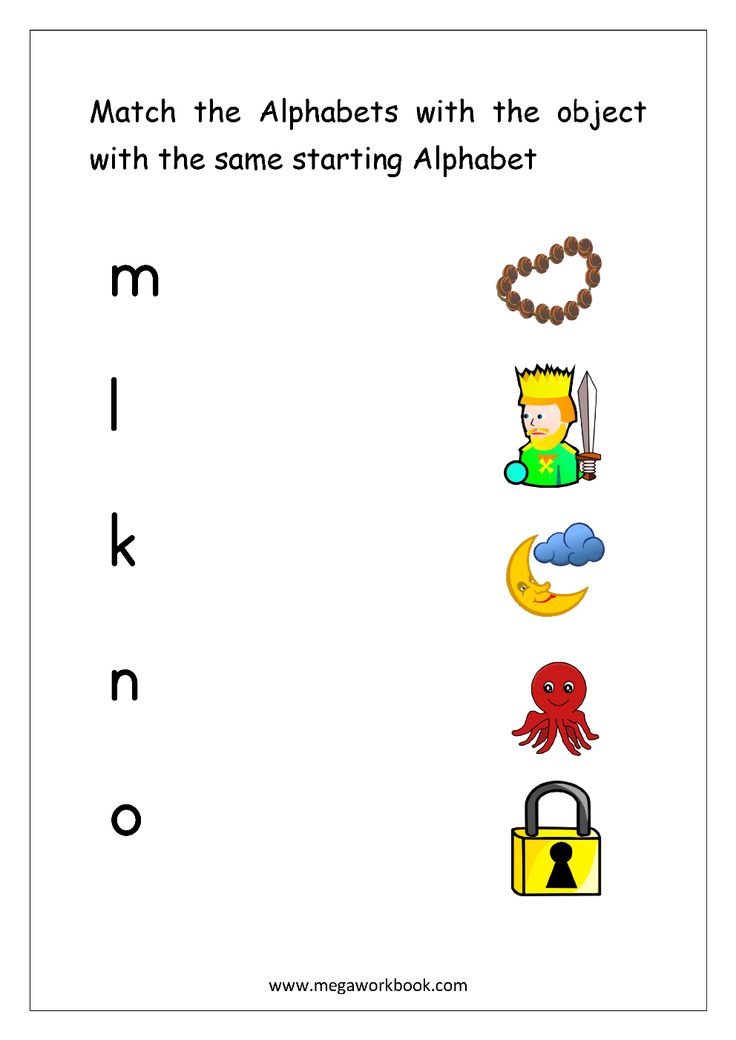 Sign up to receive the weekly email newsletter and other announcements from Your Therapy Source. You will be redirected to the freebie. If you can not see the sign up box, click on the blue box in the lower right hand corner for help.
Sign up to receive the weekly email newsletter and other announcements from Your Therapy Source. You will be redirected to the freebie. If you can not see the sign up box, click on the blue box in the lower right hand corner for help.
Share this entry
Your Therapy Source
Disclaimer: These pages are not intended to provide medical advice or physician/therapist instruction. Information provided should not be used for diagnostic or training purposes. Consult a therapist or physician regarding specific diagnoses or medical advice.
Contact Us
Email: [email protected]
Phone: (800) 507-4958
Fax: (518) 308-0290
© Copyright - Your Therapy Source - Web Design by Brandivo, LLC
Need Help for Spelling? Try Exercising! Peer-Mediated Interventions for Students With Intellectual Disability
Table of irregular verbs in English ‹ engblog.
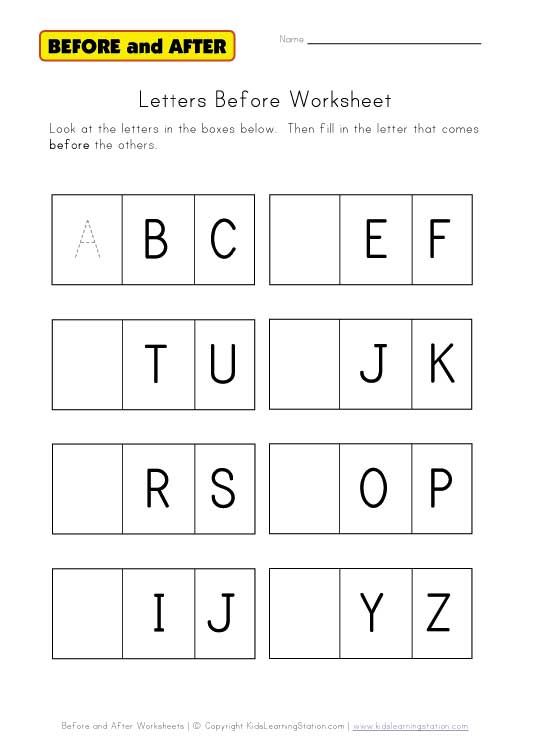 ru
ru Table of irregular verbs in English is a nightmare for everyone who has studied and is studying the language. We were forced to learn it at school, then at the university, and it already seems that all three forms should bounce off the teeth, but we can’t use them in speech. All because there is no practice. We will give a table of the most commonly used irregular verbs in English, as well as tell you how to learn them correctly.
In the first column of the table you will see the verbs in the form in which they appear in the dictionary, that is, it is an infinitive ( Infinitive ). The second column is verbs in time Past Simple . Use the verbs from the third column in the tenses of the group Perfect . And, of course, all irregular verbs are given with a translation into Russian, so that it is easier to remember the word.
| Infinitive | Past Simple ( V2 ) | Participle II ( V3 ) | Translation |
|---|---|---|---|
| arise | arose | arisen | climb |
| awake | awoke | awoken | awaken |
| be | was (were) | been | be |
| bear | bore | born | give birth, endure |
| beat | beat | beaten | beat |
| become | became | become | becomes |
| begin | began | started | start |
| bend | bent | bent | tilt |
| bet | bet | bet | bet |
| bind | bound | bound | bind |
| bite | bit | bitten | bite |
| bleed | bled | bled | bleed |
| blow | blew | blown | blow |
| break | broke | broken | break |
| breed | bred | bred | breed animals |
| bring | brought | brought | bring |
| build | built | built | build |
| buy | bought | bought | buy |
| catch | caught | caught | catch |
| choose | chose | chosen | choose |
| cling | clung | clung | cling |
| come | came | come | come |
| cost | cost | cost | cost |
| cut | cut | cut | cut |
| deal | dealt | dealt | conduct business |
| dig | dug | dug | dig |
| do | did | done | do |
| draw | drew | drawn | draw, pull |
| drink | drank | drunk | drink |
| drive | drove | driven | drive a car |
| eat | at | eaten | eat |
| fall | fell | fallen | fall |
| feed | fed | fed | feed |
| feel | felt | felt | feel |
| fight | fought | fought | fight |
| find | found | found | find |
| fleece | fled | fled | run away |
| fly | flew | flown | fly |
| forbid | forbade | forbidden | prohibit |
| forget | forgot | forgotten | forget |
| forgive | forgave | forgiven | forgive |
| freeze | frozen | frozen | freeze |
| get | got | got (gotten) | receive |
| give | gave | given | give |
| go | went | gone | go |
| grow | grew | grown | grow |
| hang | hung | hung | hang |
| have | had | had | have |
| hear | heard | heard | hear |
| hide | hid | hidden | hide |
| hit | hit | hit | hit, hit |
| hold | held | held | keep |
| hurt | hurt | hurt | hurt |
| keep | kept | kept | keep, observe |
| know | knew | known | know |
| lay | laid | laid | put |
| lead | led | led | lead, lead |
| learn | learned | learned | learn, learn |
| leave | left | left | leave, leave |
| lend | tape | tape | lend |
| let | let | let | allow |
| lie | lay | lain | lie down |
| light | lit | lit | light up, light up |
| lose | lost | lost | lose |
| make | made | made | make, make |
| mean | meant | meant | means |
| meet | met | met | meet, get acquainted |
| pay | paid | paid | pay |
| put | put | put | put, put |
| read | read | read | read |
| ride | rode | ridden | ride |
| ring | range | rung | call |
| rise | rose | risen | rise, rise |
| run | ran | run | run |
| say | said | said | say |
| see | saw | seen | see |
| seek | sought | sought | look for |
| sell | sold | sold | sell |
| send | sent | sent | send |
| set | set | set | install |
| shake | shook | shaken | shake |
| shine | shoneshone | shine, shine | |
| shoot | shot | shot | shoot |
| show | showed | shown | show |
| shrink | shrank | shrunk | shrink |
| shut | shut | shut | close, close |
| sing | sang | sun | sing |
| sit | sat | sat | sit |
| sleep | slept | slept | sleep |
| slide | slide | slide | slide |
| smell | smelt | smelt | smell, sniff |
| speak | spoke | spoken | talk |
| spell | spelt (spelled) | spelt (spelled) | pronounce or spell |
| spend | spent | spent | spend, spend time |
| spill | spilt (spilled) | spilt (spilled) | spill |
| spin | spun | spun | twist |
| split | split | split | split, split |
| spoil | spoilt (spoiled) | spoilt (spoiled) | spoil |
| spread | spread | spread | unfold, distribute |
| stand | stood | stood | stand |
| steal | stole | stolen | steal |
| sting | stung | stung | sting |
| stink | stank | stunk | stink |
| strike | struck | struck | strike, strike |
| swear | swore | sworn | swear, swear |
| sweep | swept | swept | sweep |
| swell | swelled | swollen (swelled) | swell |
| swim | swam | swum | swim |
| take | took | taken | take |
| teach | taught | taught | teach |
| tear | tore | torn | tear |
| tell | told | told | tell |
| think | thought | thought | think |
| throw | threw | thrown | throw |
| understand | understood | understood | understand |
| wake | woke | woken | wake up |
| wear | wore | worn | wear (clothes) |
| win | won | won | win |
| wind | wound | wound | wrap, bend |
| write | wrote | written | write |
↓ Download the table of irregular English verbs (*.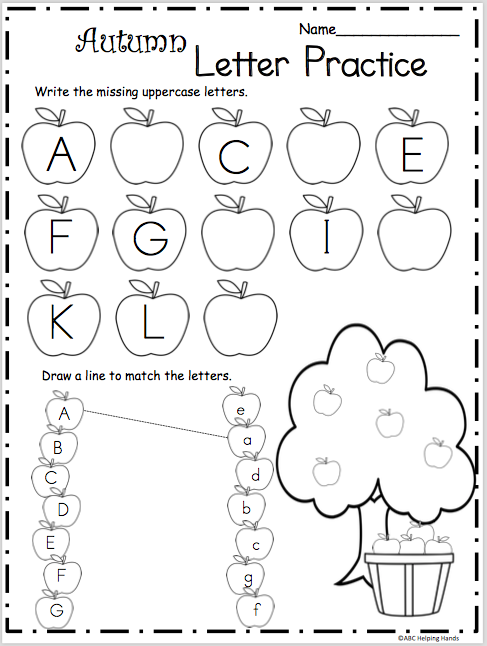 pdf, 247 Kb)
pdf, 247 Kb)
- Learning all one hundred irregular verbs is not an easy task. But you will succeed if you use the author's poems from the teacher Irina in the article "The correct approach to irregular English verbs."
We advise not only to learn the table with forms and thoughtlessly repeat do-did-done and go-went-gone for the hundredth time, but also to practice immediately using all forms of irregular English verbs in sentences and exercises. On the sites englisch-hilfen.de and perfect-english-grammar.com you will find more than 30 exercises on this topic. If you already know all three forms well, then we suggest you take our test in the article “Regular and irregular verbs of the English language: regular and irregular verbs”. Make it a rule to learn a dozen verbs a day, then do a couple of exercises, and you yourself will not notice how naturally you will begin to use them in speech.
If you find an error, please highlight the text and press Ctrl+Enter .
English alphabet with pronunciation, transcription and translation. Letters and sounds of the English alphabet
How many letters are in the English alphabet
The modern English alphabet contains 26 letters. English sounds were first recorded in the Anglo-Saxon runic alphabet as early as the 5th century. Christian missionaries brought to the island not only their religion, but also the Latin alphabet, which began to replace the runic alphabet around the 7th century. For a long time, these two alphabets existed in parallel.
The modern English alphabet (The English alphabet [ˈalfəbɛt]) is based on the Latin alphabet or "Latin". So what is the number in the English alphabet? Unlike the Russian language, which has 33 letters, the English alphabet consists of 26 letters:
- 6 letters can represent vowels: "A", "E", "I", "O", "U", "Y »;
- 21 letters can represent consonants: "B", "C", "D", "F", "G", "H", "J", "K", "L", "M", "N" ”, “P”, “Q”, “R”, “S”, “T”, “V”, “W”, “X”, “Y”, “Z”.
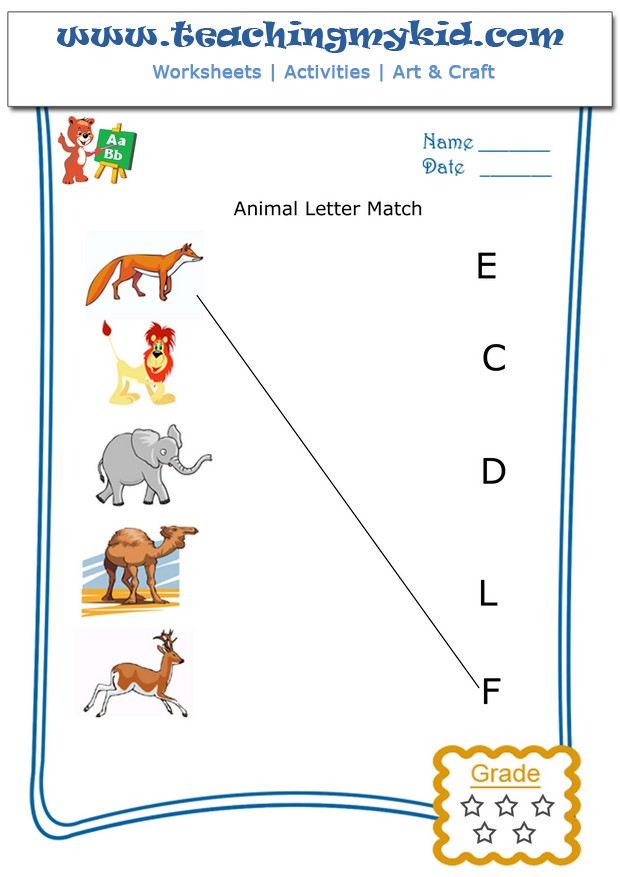
Below we have added a table where you can see the entire English alphabet with the numbering of letters in order.
| | ||
|---|---|---|
| Direct number | Letter | Reverse number |
| 1 | a | 26 |
| 2 | B b | 25 |
| 3 | C c | 24 |
| 4 | D | 23 |
| 5 | e | 22 |
| 6 | F | 21 |
| 7 | G g | 20 |
| 8 | H h | 19 |
| 9 | I i | 18 |
| 9 | I i | 18 |
| 10 | J | 17 |
| 11 | K k | 16 |
| 12 | L l | 15 |
| 13 | M m | 14 |
| 14 | N n | 13 |
| 15 | O o | 12 |
| 16 | P | 11 |
| 17 | Q q | 10 |
| 18 | r | 9 |
| 19 | S s | 8 |
| 20 | T | 7 |
| 21 | U u | 6 |
| 22 | V v | 5 |
| 23 | W w | 4 |
| 24 | x | 3 |
| 25 | Y y | 2 |
| 26 | Z z | 1 |
By the way, the letter Y can stand for both a vowel and a consonant, and therefore refers to both vowels and consonants.
Almost all letters of the English alphabet are pronounced the same by Americans and British, except for the last one. The American alphabet differs in that the letter Z is pronounced as "zi" [ziː], and in the British - "zed" [zed].
Promo code for English lessons at Skyeng
Take your promo code and get up to 3 English lessons at our school as a gift
Pronunciation of the English alphabet with the names of letters in English and Russian:
English alphabet with translation - transcription and pronunciation in Russian.
| | ||
|---|---|---|
| Letter | Transcription | Pronunciation |
| A a | [eɪ] | hey |
| B b | [biː] | bi |
| C c | [siː] | and |
| D d | [diː] | di |
| e | [iː] | and |
| F f | [ɛf] | ef |
| G g | [dʒiː] | ji |
| h h | [eɪtʃ] | h |
| I i | [aɪ] | ai |
| [dʒeɪ] | jay | |
| K k | [keɪ] | key |
| L l | [ɛl] | el |
| M m | [ɛm] | em |
| N n | [ɛn] | en |
| O o | [əʊ] | ou |
| P p | [piː] | pi |
| Q q | [kjuː] | cue |
| R r | [ɑː] or [ɑɹ] | a:, ar |
| S s | [ɛs] | es |
| T t | [tiː] | and |
| U u | [juː] | and |
| V v | [viː] | and |
| w w | [ˈdʌb(ə)l juː] | double |
| x x | [ɛks] | ex |
| Y y | [waɪ] | wye |
| Z z | [zɛd], [ziː] | zed, zi |
Sounds of the English alphabet
We start learning English letters even before we encounter foreign language lessons.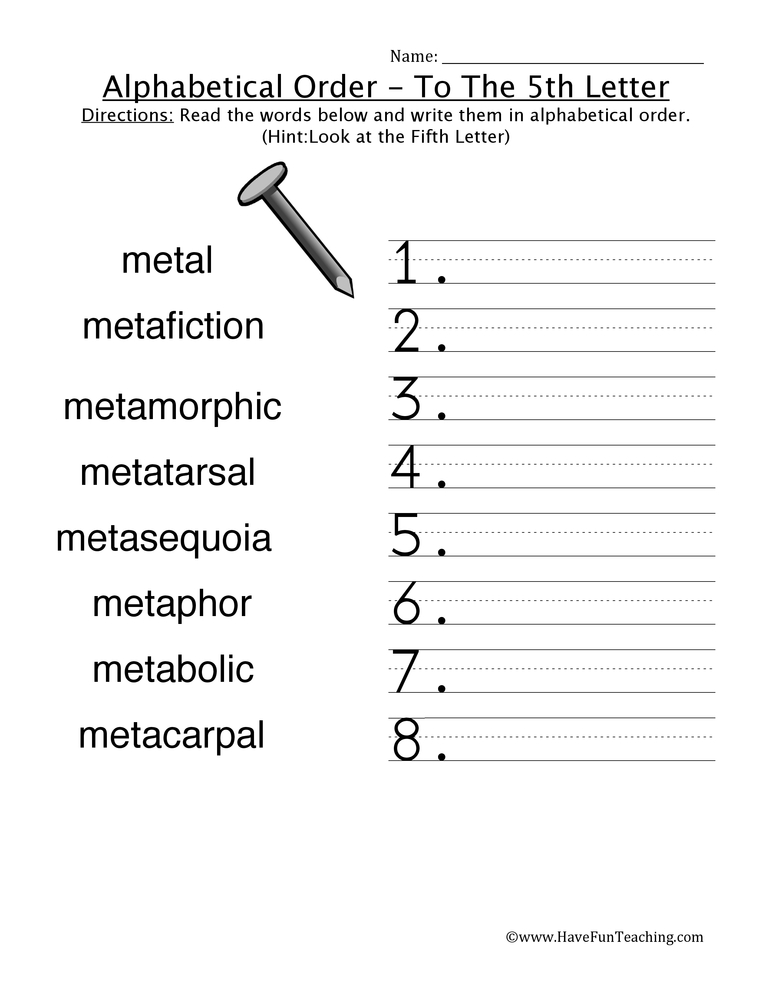 We know them even before we start learning English: we meet them at work, when we play computer games or surf the Internet. English words are found everywhere: on advertising posters, in the names of goods, in store signs.
We know them even before we start learning English: we meet them at work, when we play computer games or surf the Internet. English words are found everywhere: on advertising posters, in the names of goods, in store signs.
Although the letters may be visually familiar to us, they are not always pronounced the way they are written. The alphabet of the English language for beginners with pronunciation, numbering and translation will help here, because even those who are fluent in foreign languages find it difficult to speak correctly. A typical situation is to spell an English word, for example, to give an email address, your name or street in English. This is where the difficulties begin, and we try to explain ourselves with images and associations: i - “like a stick with a dot”, H - “like a Russian n”, s - “like a dollar”, v - “like a tick.
From here it is better to memorize not only letters, but also their pronunciation. The latter is written by transcription and enclosed in square brackets.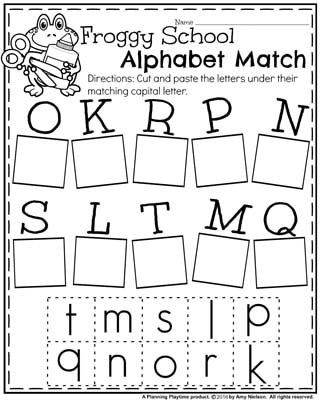 At first, it will be easier for you to memorize transcription with Russian pronunciation, but gradually you need to give it up and focus only on English transcription.
At first, it will be easier for you to memorize transcription with Russian pronunciation, but gradually you need to give it up and focus only on English transcription.
How to learn the English alphabet
Learning the alphabet is not just about remembering the order of the alphabet in English, Russian or Spanish, or knowing how many non-letters there are. To know the alphabet is to be able to pronounce sounds, as well as to write lowercase and uppercase letters correctly. In order to learn the entire alphabet of the English language easily, quickly and forever, follow these rules:
- Memorize both uppercase and lowercase letters of the English alphabet at the same time, pay attention to how English letters are written.
- Learn both the name of English letters and the correct pronunciation, use the alphabet with transcription. It is easier to remember this at the same time than to relearn it later.
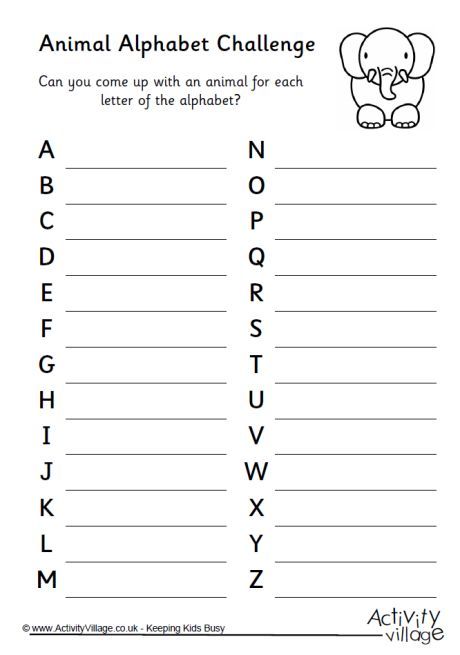
- Use all available resources: use audio recordings, videos of examples of correct pronunciation, printed texts, Internet resources.
- Learn the English alphabet in order, like in the ABC. Then change tactics: start studying the letters backwards, randomly, grouping.
- Exercise regularly, preferably every day for at least a few minutes. If you are tired of learning the same letters, take any children's book in English. Maybe you will not understand the meaning of what is written, but you will definitely be able to recognize and name this or that letter.
Another good way to learn the alphabet is to memorize a special rhyme. It is very short, but it will help to know every letter by heart:
Do you know your ABC?
You can learn along with me! 9
A, B, C, D, E, F, G,
H, I, J, K,
L, M, N, O, P,
Q, R, S,
T, U, V,
W, X, Y and Z
Now, I know my ABC's.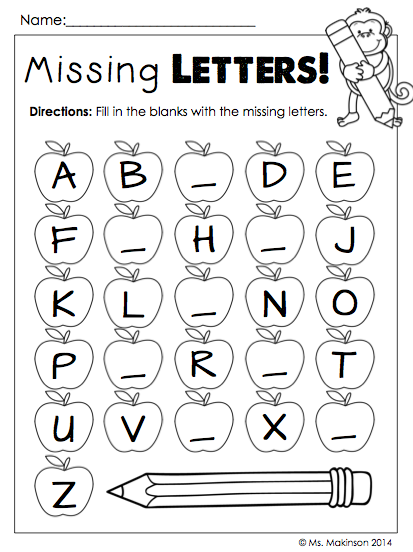
Next time won't you sing with me?
And the last piece of advice. Divide all letters into three large groups and learn them in three stages: the first group is 6 vowels: Aa, Her, Ii, Oo, Uu, Yy. Do not forget about transcription and remember that in English vowels can change their sound depending on the type of syllables, stress and other conditions; the second group of letters includes those that are written and pronounced similarly to Russian letters. They are easy to remember: Bb, Cc, Dd, Kk, Ll, Mm, Nn, Pp, Ss, Tt, Xx; the third group consists of those letters that sound and are written unfamiliar to native Russian speakers: Ff, Gg, Hh, Jj, Qq, Rr, Vv, Ww, Zz.
Methods and techniques for memorizing the English alphabet
There are many ways to learn the English alphabet from scratch that are suitable for both adults and children.
The most popular way to learn the English alphabet is through tables.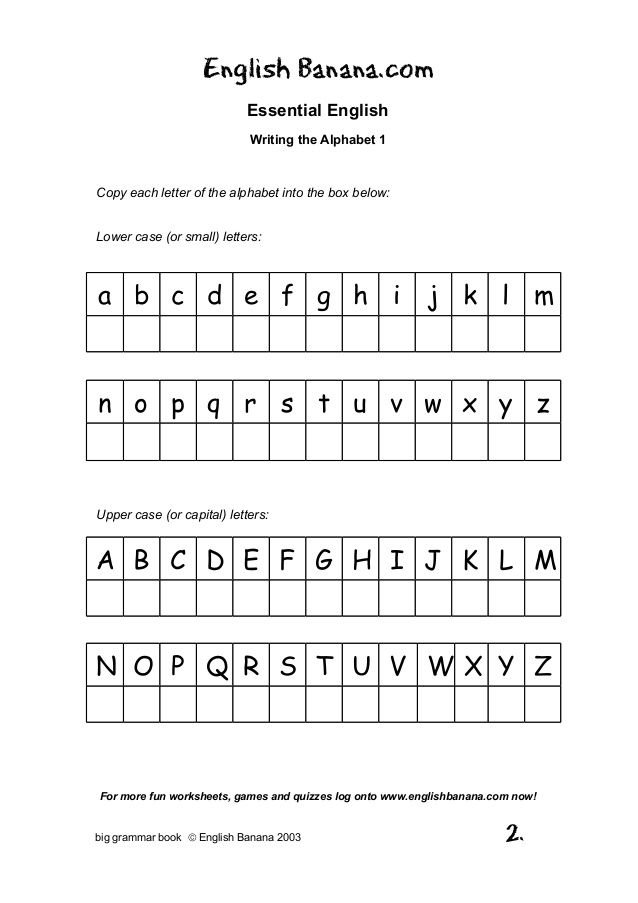 You can print the English alphabet tables from this article or search for others: English alphabet by numbers; English alphabet with numbering of letters, etc. Hang them over your desk and browse and read aloud whenever you have a free moment. The main thing is to memorize the alphabet with the pronunciation of sounds.
You can print the English alphabet tables from this article or search for others: English alphabet by numbers; English alphabet with numbering of letters, etc. Hang them over your desk and browse and read aloud whenever you have a free moment. The main thing is to memorize the alphabet with the pronunciation of sounds.
One of the most effective ways is to make colored cards with the letters and words that begin with them and post them in a prominent place. These cards can be made by yourself or bought in the store. It is better to use well-known words, for example, the names of animals.
You can train with special exercises, for example, this one: get a special notebook and write down letters in it several lines - both uppercase and lowercase letters of the English alphabet. And when writing, dictate to yourself aloud the name of the letter. This exercise includes all three main types of memory: auditory, visual and motor.
Don't forget about games that will help you learn the English alphabet. For example, Spell the word or “Spell the word” - whoever spells it wrong first loses. And you can also read the alphabet at speed, write letters correctly by ear, pronounce the letters written on the card, and so on. The audio alphabet of the English language with pronunciation has proven itself well. A student can independently master the letters and sounds just by listening to the recording. The main thing is to be systematic.
For example, Spell the word or “Spell the word” - whoever spells it wrong first loses. And you can also read the alphabet at speed, write letters correctly by ear, pronounce the letters written on the card, and so on. The audio alphabet of the English language with pronunciation has proven itself well. A student can independently master the letters and sounds just by listening to the recording. The main thing is to be systematic.
Interesting facts about the English alphabet
Learning the sounds and letters of the English language will be more fun if you know a few interesting facts about the alphabet:
- The English alphabet can be called by its first letters "ABC";
- The English word alphabet comes from the Latin alphabet, where alpha and beta were the first letters of the alphabet. But even before the Latin alphabet, they were the first letters of the Phoenician alphabet (alef and bet), which arose in 1050 BC.
 e.
e. - The article the is the most common word in the English language.
- The most common letter in the English alphabet is E, and the most common consonant is T. The letters S and T are most common at the beginning of English words. The rarest letters in the alphabet are Q and Z.
- There are only 5 vowels in the English language and as many as 20 vowel sounds! For example, the letters Y and W can be pronounced as vowels (try, my, cow, few). The same letter can be read in several ways, for example, in the words cat [kæt], place [pleis], dark [daːk], air [ɛə].
- All 26 letters of the English alphabet can be put into a sentence or pangram that shows how each letter of the font will look like: "The quick brown fox jumps over the lazy dog" (loosely translated: "The quick brown fox jumps over the lazy dog." English analogue - "Eat some more of these soft French rolls and drink tea").
Conclusion
English speakers remember their alphabet much more often than Russian speakers, because in English the pronunciation of a word often does not match its spelling.



